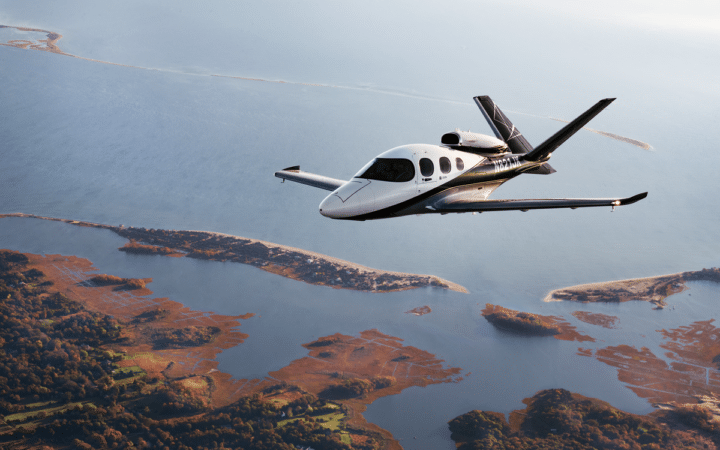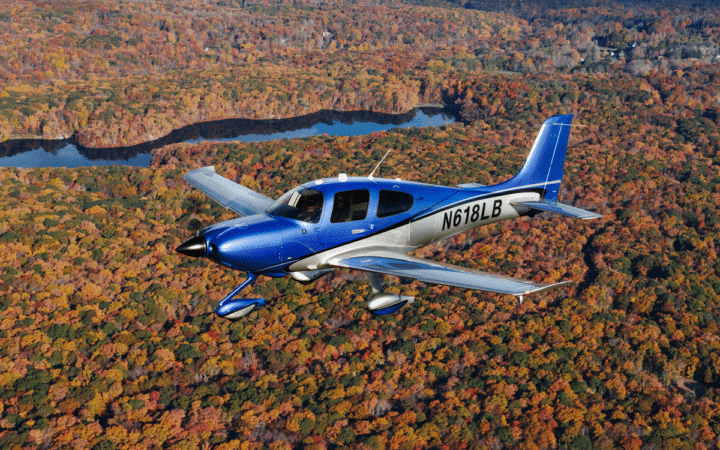Own the Skies
Whether you’re looking to accelerate your business or enjoy spontaneous adventures, discovering how personal aviation can transform your life is where The Cirrus Life™ begins.

Discover the all-new G2+ Vision Jet®, offering optimized performance, InFlight WiFi and much more.

Cirrus News
Find Us
Our global network includes 700+ Cirrus Standardized Instructor Pilots (CSIPs), Cirrus Training Centers (CTCs) and Cirrus Authorized Service Centers (ASCs) across the world.
Contact Us
Ready to get started?
Whether you’re looking to buy a new Cirrus aircraft or sell your current Cirrus aircraft, our team is here to help.
And if you’re looking for flight training or maintenance support, we can help with that, too.
AUS: 1300 204 170 | NZ: 0800 456685 | SE ASIA: (+61) 0468 600 727
ausales@cirrusaircraft.com